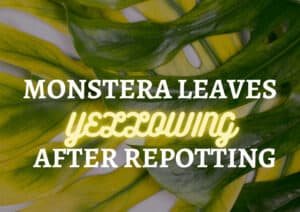The Best Fertilizer for Monstera Plants: Effective Usage Tips
-
Chris Dosser
- May 21, 2023
If you buy something using the retail links in our articles, sometimes we earn a small affiliate commission. This does not impact the products we recommend.
As someone who has fallen in love with Monstera plants, I want to ensure they receive the best care possible so they can thrive and continue to produce those stunning large leaves – and one of the keys to a happy, healthy Monstera is finding the right fertilizer.
Through trial and error I’ve experimented on my own plants, and in the following sections, we’ll dive into the specific fertilizer types that I’ve found best benefit Monstera, and how to apply them to help your plant flourish.
The TLDR version is that as foliage heavy plants without a lot of blooms, the best fertilizer for Monstera houseplants is a water-soluble fertilizer, preferably with a formulation ratio of 20-20-20 (i.e. 20% nitrogen, 20% phosphorus, 20% potassium).
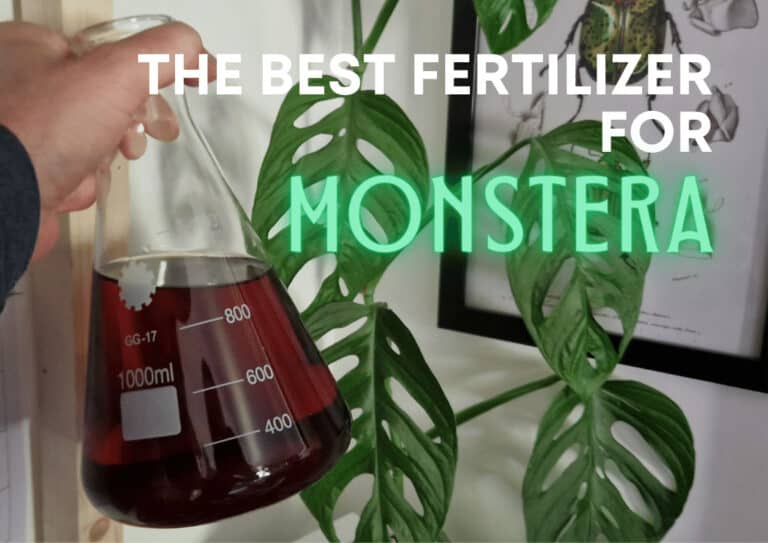
Key nutrients for Monstera growth
Monstera plants benefit from a balanced mix of macro and micro-nutrients to support healthy growth. The primary macronutrients that Monsteras need, like most plant life, are nitrogen (N), phosphorus (P), and potassium (K).
Nitrogen accelerates leaf growth, giving Monstera plants their hallmark lush, green foliage. A proper supply of phosphorus supports the development of strong roots and promotes flowering. Potassium, on the other hand, plays a key role in maintaining the plant’s overall health and supports its resistance to diseases.
I’ve had only good results from using a fertilizer for Monstera plants with a balanced N-P-K ratio of:
- 1 part nitrogen
- 1 part phosphorus
- 1 part potassium
For plants which produce a lot of flowers the proportion of phosphorus in the fertilizer mix is generally increased but when kept as houseplants Monstera tend to struggle reproducing through flower and seed.
Monstera plants will also benefit from iron and magnesium. These nutrients are needed in smaller amounts but are essential for the plant’s overall well-being. Iron helps with chlorophyll production, while magnesium aids in photosynthesis and plant metabolism.
I recommend applying the fertilizer every 4-6 weeks, with being safer to underfeed than overfeed initially. As I’ve learned at my cost, the over application of fertilizer can cause more harm than good so be sure to follow the label instructions and never over-fertilize.
Also don’t forget to pay attention to your plant between feeds to see how it reacts. By observing and even taking notes on its overall health you can adjust your fertilizer routine accordingly.
Types of fertilizers suitable for Monstera
Compost
Organic fertilizers are made of natural materials like nutrient rich plant matter (sometimes food waste) and natural additives such as bone meal. Some benefits of using compost include:
- Slow-release nutrients, steadily feeding the plant over time
- Improving soil structure
- Safe for the environment and supports beneficial soil micro-organisms
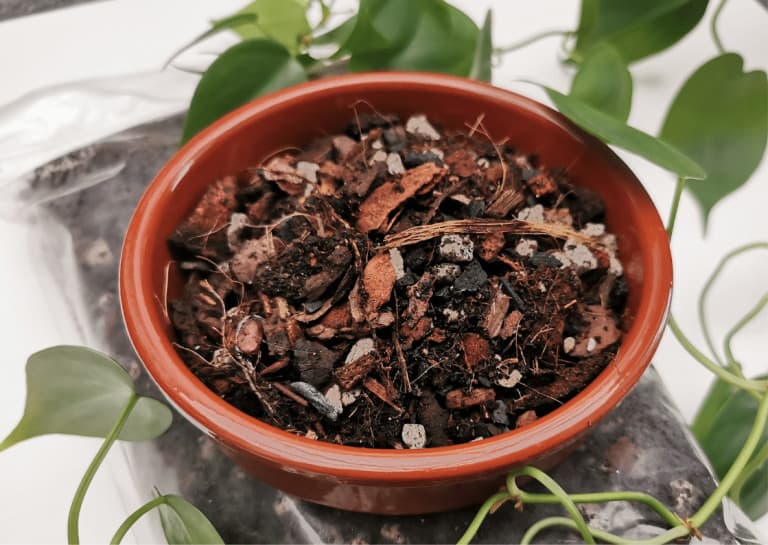
Liquid fertilizers
Liquid fertilizers can be organic in nature (such as fish emulsion or seaweed) or synthetic. They are typically added to water when doing a routine watering. These are easy-to-apply and allow the nutrients to be absorbed by the root network quickly; a key point to consider when attempting to revive a plant that is poorly.
Some advantages of using liquid fertilizers are:
- Efficient absorption of nutrients
- Easy application and dosage control
- Flexible in terms of frequency of use
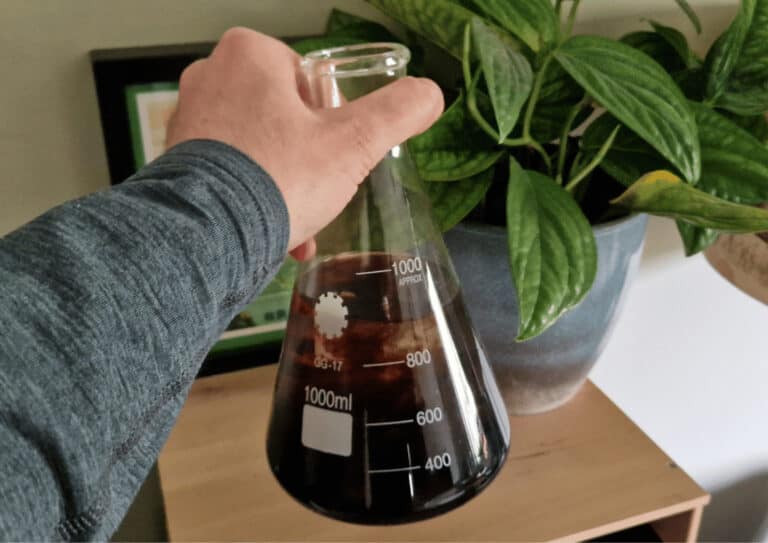
Slow-release granular fertilizers
Slow-release granular fertilizers are also a popular choice amongst houseplant owners. These are usually in the form of small granules that release nutrients gradually over time as they break down. Like liquid feed they can be organic or synthetic in nature and are often used as top dressing or mixed into the potting soil.
A few benefits of slow-release fertilizers are:
- Steady provision of nutrients
- Reduced risk of nutrient burn
- Less frequent application needed
Our Favorite Monstera Plants And Supplies On Etsy
Ideal NPK ratio for Monstera fertilizers
When it comes to choosing the best fertilizer for my Monstera plants, I prefer the NPK ratio of 1:1:1 bought in as a 20-20-20 solution. Since Monstera are primarily grown for its attractive leaves, supplying equal amounts of each nutrient makes sense to ensure overall healthy growth.
How to use fertilizer on Monstera plants effectively
When it comes to fertilizing my Monstera plant, I’ve found that using a balanced, water-soluble fertilizer works best. Here’s my method for effectively fertilizing Monstera plants:
- Dilute the fertilizer: I usually check the instructions on the fertilizer package for the proper concentration. A common recommendation is to use a half-strength solution, mixing it with a gallon of water. This ensures that I don’t risk burning the roots with a too-strong solution.
- Timing: I’ve found that fertilizing my Monstera every 4-6 weeks during the growing season, from spring to early fall, seems to be ideal. During the winter months, I cut back on fertilizing, as the plant’s growth slows down.
- Application: When it’s time to fertilize, I usually water my Monstera plant first, to ensure that the soil is moist. Then, I apply the diluted fertilizer solution to the soil, being careful not to let it touch the leaves as it can cause leaf burn.
- Monitor the plant’s growth: After applying fertilizer, I keep an eye on my Monstera plant for any changes in its growth or appearance. Signs of over-fertilizing can include yellowing leaves, leaf burn, or stunted growth. If I notice any of these issues, I adjust the fertilizer concentration or application frequency accordingly.
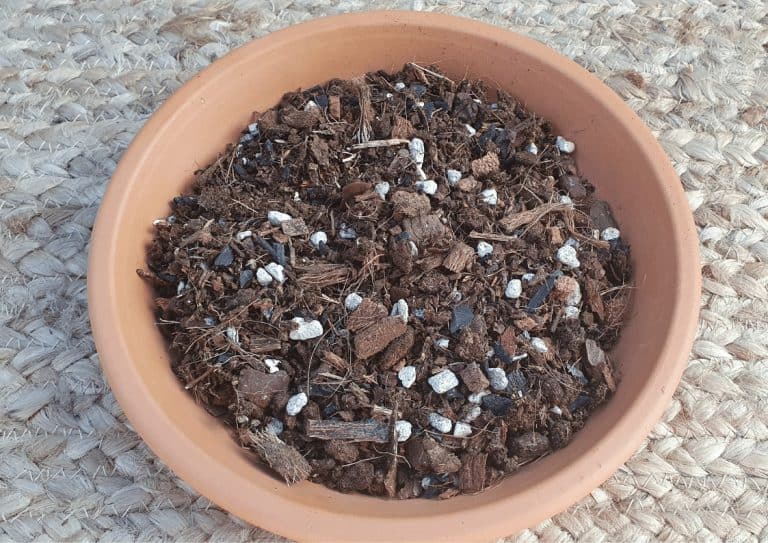
Signs of overfertilization and nutrient deficiencies
Through trial and error I’ve faced challenges of finding the right balance when it comes to fertilizing different varieties of Monstera plants. Here are some signs that can help you identify if your Monstera plant is experiencing overfertilization or nutrient deficiencies.
Brown spots: If you notice brown spots on the leaves of your Monstera, it could be a sign of overfertilization, as a high concentration of salts may damage the plant cells.
Yellowing leaves: When I provided too many nutrients for my Monstera, its leaves turned yellow, indicating that overfertilization might be stressing the plant.
Wilting leaves: If the leaves start to wilt even when the plant is well-watered, it could be a symptom of overfertilization.
To counteract overfertilization, reduce the amount of fertilizer or extend the time between applications.
Stunted growth: If your Monstera plant is growing slower than usual or its new leaves are smaller than the older ones, it might be experiencing a lack of essential nutrients like nitrogen or phosphorus.
Slow growth: Monstera plants should grow steadily indoors, so if you notice the growth rate has slowed down considerably, it could be an indication that your plant is not receiving adequate nutrients.
To address nutrient deficiencies, I find it helpful to use a balanced fertilizer, following the label instructions to avoid overfertilization.
Highly-recommended Monstera fertilizers
Firstly, a balanced 20-20-20 liquid fertilizer is a safe choice for Monstera plants. This type of fertilizer provides equal proportions of nitrogen, phosphorus, and potassium, which are essential for healthy leaf growth, root development, and overall plant vigor.
I usually apply the 20-20-20 liquid fertilizer to large plants once per month during the growing season by diluting it according to the manufacturer’s directions. Remember to water your plant well before applying the fertilizer to avoid burning its roots.
Another great option is worm castings. They are packed with vital nutrients and are particularly rich in nitrogen, which Monstera plants love. I like to mix worm castings into the top layer of soil, about 1-2 inches deep, every 4-6 months. The nutrients will be gradually released as the worm castings break down over time, feeding my Monstera continuously.
Here’s a quick overview of these top fertilizers, including their prices:
|
Fertilizer Type |
Key Nutrients |
Price Range |
|
N-P-K (20-20-20) |
$10 – $20 per gallon |
|
|
Rich in nitrogen |
$15 – $30 per 5 lbs bag |
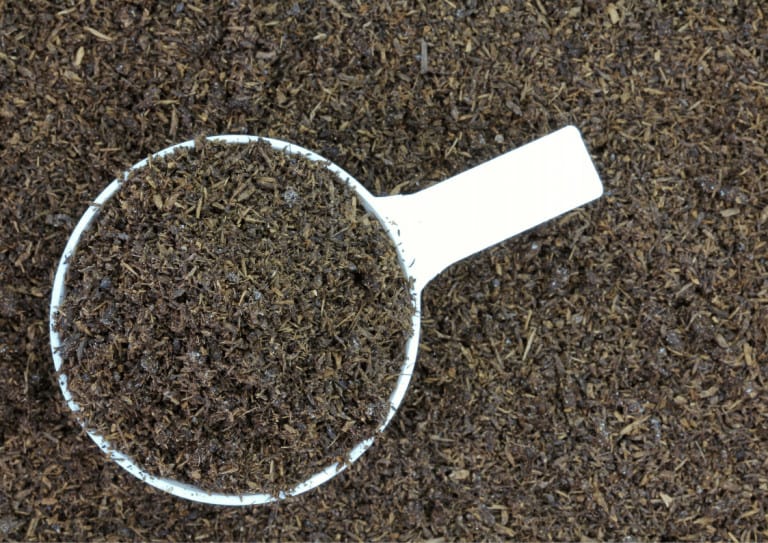
Monstera care and fertilizing during winter
Winter can be a challenging time for Monstera plants, but I’ve found that with the right care and attention, they can continue to thrive. One key aspect of this care is ensuring they receive the best fertilizer and knowing how to use it effectively.
During the colder months, Monstera plants tend to grow more slowly, and as a result, they require less frequent fertilizing.
Here are some other important factors to consider when caring for your Monstera during winter:
- Light: Monstera plants need plenty of indirect sunlight, so I always make sure to place mine near a bright window, but not in direct sunlight. This helps the plant remain healthy and maintain its vibrant foliage throughout the cold months.
- Humidity: Monsteras thrive in humid environments, and the dry indoor air during winter can be a challenge. To address this, I like to place a humidifier near my plant or group it with other plants to create a more humid microclimate.
- Watering: In winter, I water my Monstera less frequently, allowing the top few inches of soil to dry out before watering again. It’s better to err on the side of underwatering, as overwatering can lead to root rot.
By paying attention to these factors and adjusting your Monstera’s care routine during winter, you can help it stay healthy and maintain its beautiful, lush growth. With the right fertilizer and care techniques, your Monstera will be ready to flourish once the warmer months return.

Chris Dosser
Co-Founder of Eden Indoors
Chris is a self-taught horticulturist with over a decade of experience caring for houseplants and creating lush, thriving indoor oases. He specializes in Monstera, and by self admission has a serious problem with buying and propagating rare indoor plants!
Similar Posts
What Is A Thai Constellation Monstera: The Essentials
The Thai Constellation Monstera is a rare and highly sought-after houseplant with unique variegated leaves. This article explores the history, care, and propagation of this popular plant.
Monstera Leaves Yellowing After Repotting: Causes and Solutions
Yellowing leaves may be a sign that your Monstera is experiencing shock or stress, but is this caused by overwatering, underwatering or nutrient deficiencies?


